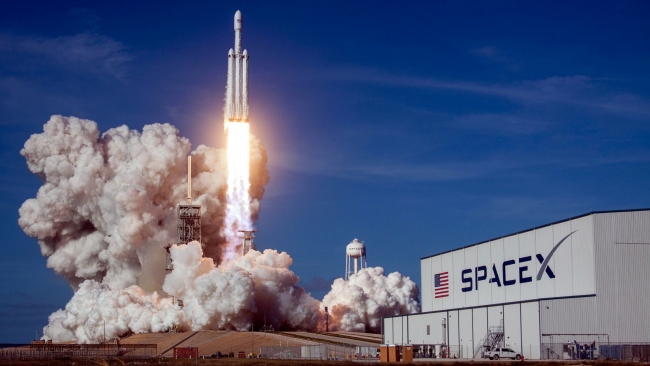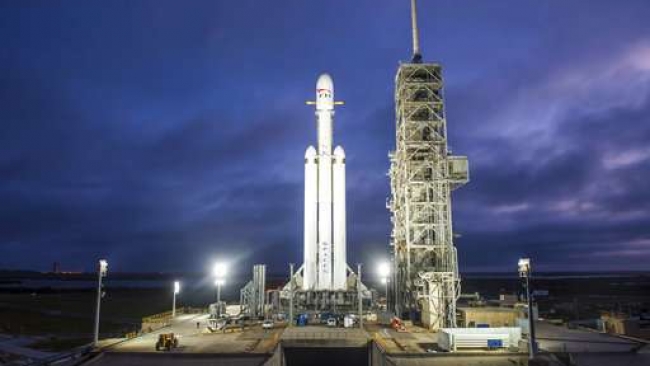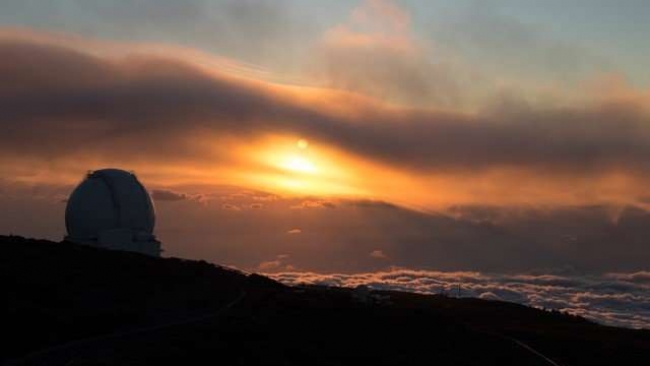Science and commercial satellites launched from California

A SpaceX Falcon 9 rocket successfully launched a pair of U.S.-German science satellites and five commercial communications satellites into orbit from California on Tuesday.
The rocket roared off from a pad at Vandenberg Air Force Base at 12:47 p.m. and arced over the Pacific Ocean west of Los Angeles as it headed toward the South Pole.
Its upper stage deployed the research satellites minutes after reaching orbit. The satellites for Iridium Communications' next-generation fleet were released in a process completed a little more than an hour after liftoff.
The Falcon 9's first stage was previously used for a launch from Florida in January. SpaceX did not attempt to recover it this time.
The science payload from NASA and the German Centre for Geosciences included two identical satellites for the agencies' Gravity Recovery and Climate Experiment-Follow On mission, continuing the work of two predecessor spacecraft that spanned 15 years ending last October.
Called GRACE-FO, for short, the mission will detect the movement of Earth's water masses and changes in mass within the planet by measuring variations in gravity through tiny fluctuations in the distance between the two satellites as they orbit 137 miles (220 kilometers) apart—roughly the distance between Los Angeles and San Diego—at an altitude of about 304 miles (490 kilometers).
The constant mapping of the gravity field reveals changes in Earth's ice sheets, aquifers, lakes and sea level.
"GRACE was really a revolutionary mission for us understanding the water cycle and how the climate behaves and the trends which are taking place over the last 10 or 15 years," Frank Webb, GRACE-FO project scientist, told a pre-launch press conference.
The technique, for example, has shown reductions of mass in Greenland and Antarctica due to enormous losses of water into the oceans each year. GRACE also showed how central California was affected by recent years of drought as water was pumped from a major aquifer, Webb said.
"During that drought California lost weight—water weight—as farmers and agriculture pumped out more water to meet the needs that weren't being met by the snowpack in the mountains with the rainfall," Webb said.
Read more at: https://phys.org/news/2018-05-spacex-rocket-blasts-water-tracking-satellite.html#jCp
Read more at Phys.orgSource: Phys.org
Wed 23 May 2018 at 08:42





